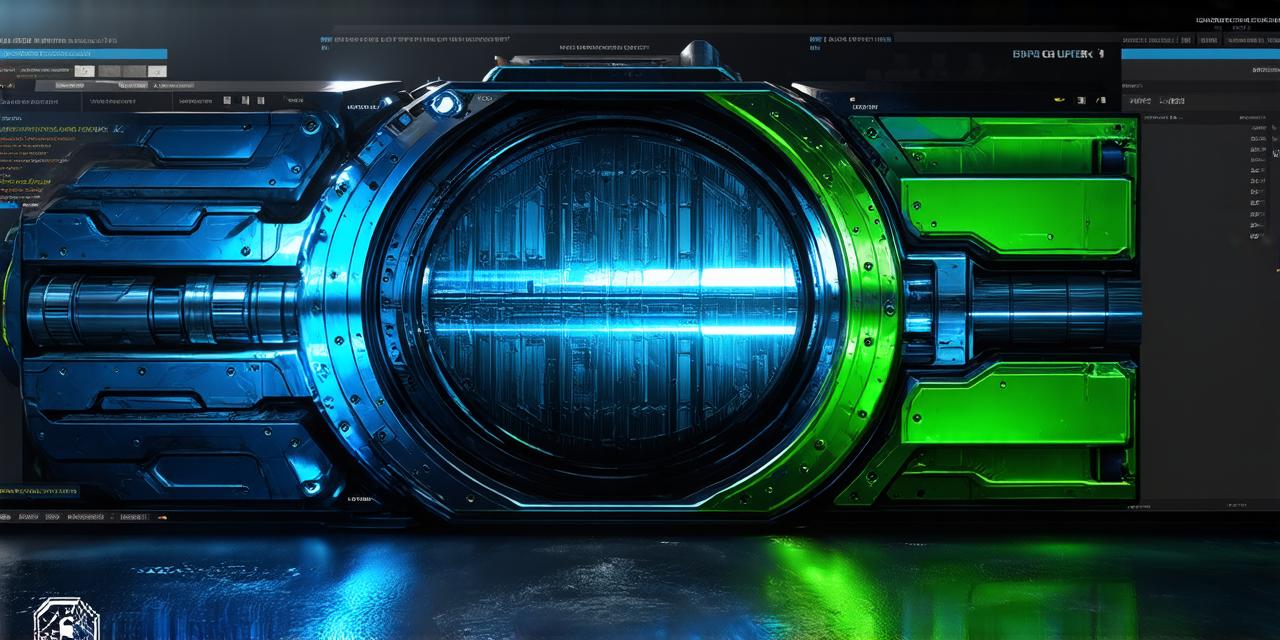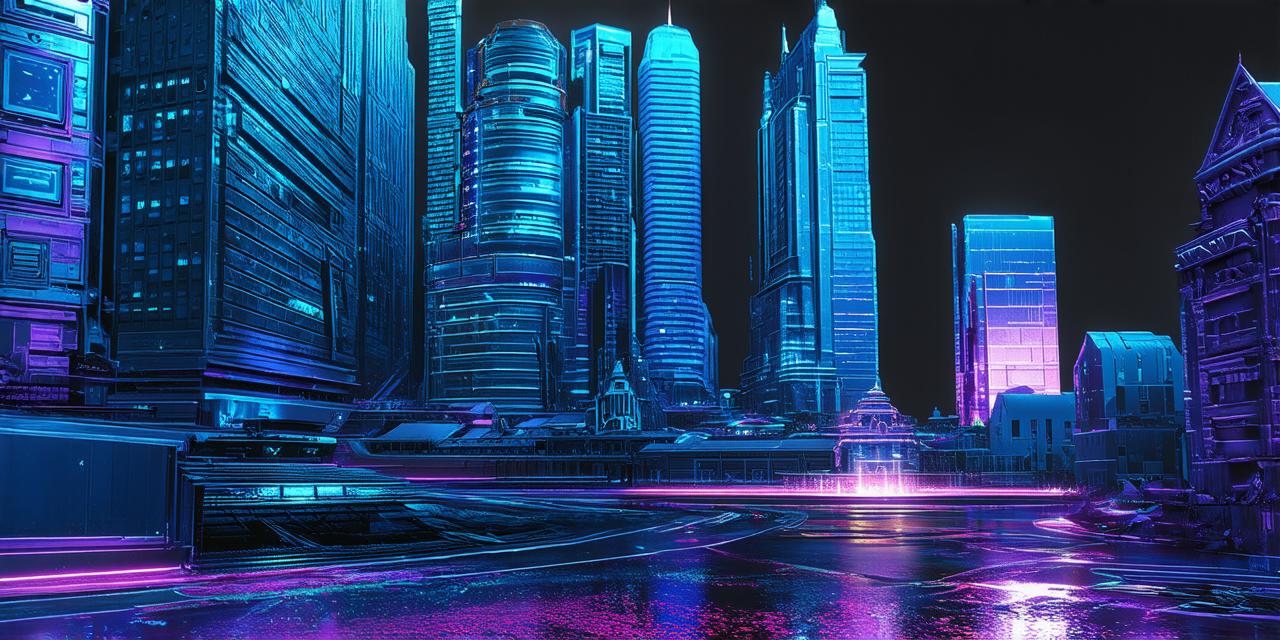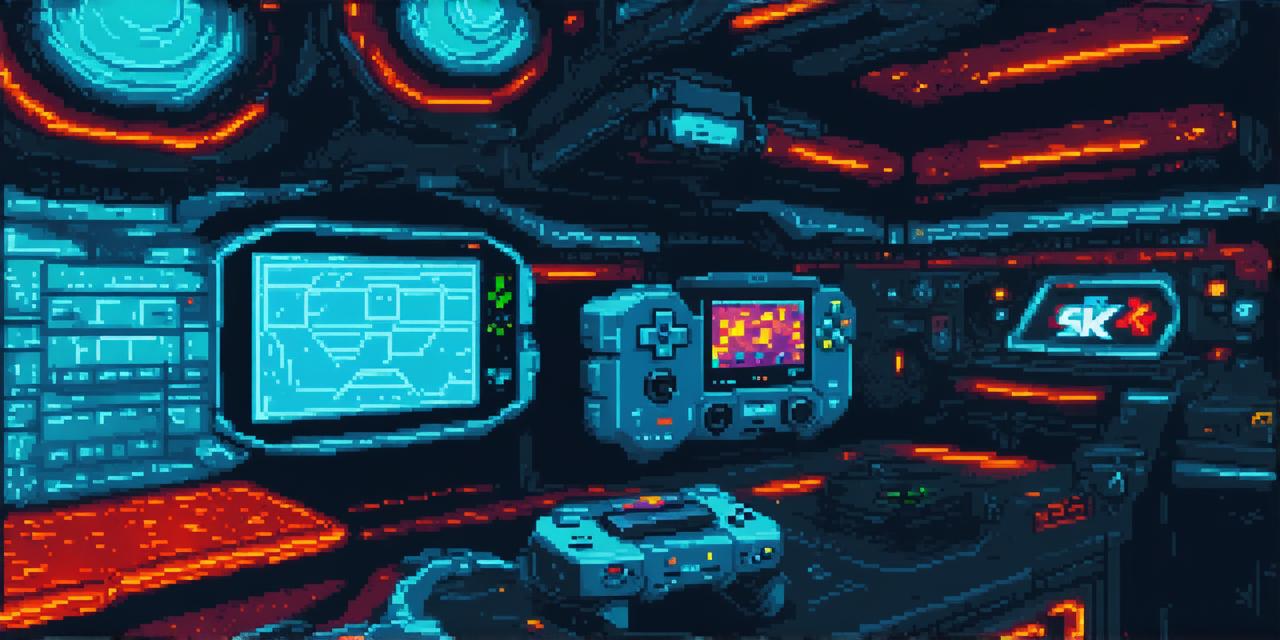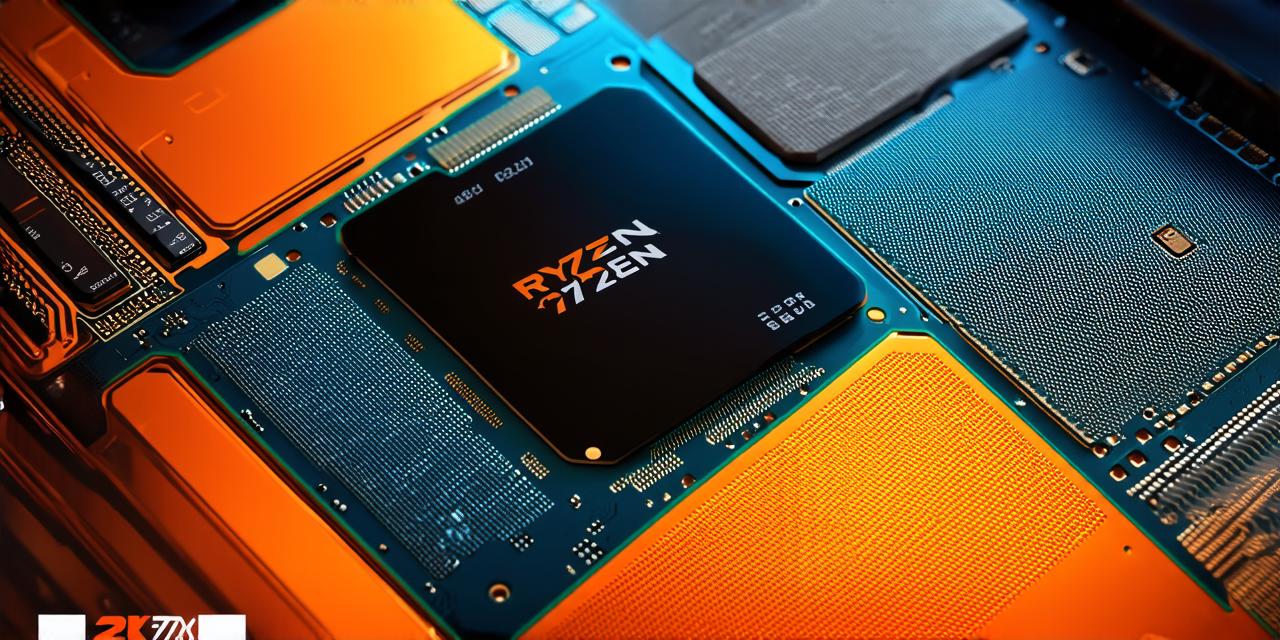Introduction
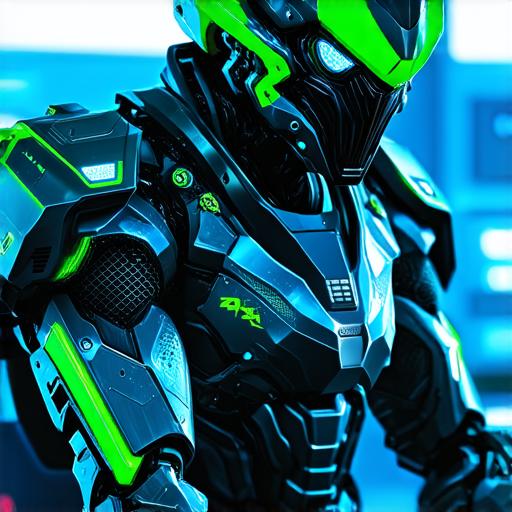
In the world of game development, having the right tools can make all the difference. One such tool is ZBrush, a powerful 3D modeling software that has become increasingly popular among game artists due to its versatility and ease of use. In this guide, we will explore how to master ZBrush in game development, from creating high-quality characters and environments to optimizing your workflow for maximum efficiency.
Part 1: Getting Started with ZBrush
Before diving into the intricacies of using ZBrush in game development, it’s important to familiarize yourself with the basics. In this section, we will cover everything from installing and setting up ZBrush to understanding its interface and basic features.
Installing and Setting Up ZBrush
The first step to mastering ZBrush is to download and install the software. You can purchase a license for the latest version of ZBrush directly from Autodesk’s website or through an authorized dealer. Once you have installed ZBrush, you will need to set up your workspace. This includes creating a new project, selecting the appropriate settings, and configuring your input devices such as your mouse and tablet.
Understanding the ZBrush Interface
The ZBrush interface can be overwhelming for beginners, but with a little practice, it becomes intuitive and easy to use. The main window of ZBrush consists of several panels, including the canvas panel, the tools panel, the layer panel, and the history panel. The canvas panel is where you will spend most of your time, as it’s where you will create your 3D models. The tools panel contains a variety of brushes and sculpting tools that you can use to manipulate your mesh. The layer panel allows you to manage your meshes and switch between different levels of detail. Finally, the history panel keeps track of all the actions you perform in ZBrush, making it easy to undo and redo actions as needed.
Basic Features of ZBrush
ZBrush comes with a variety of basic features that make it an excellent tool for game development. These include:
- Dynamic topology
- Subdivision surfaces
- Sculpting modes
- Materials and textures
Part 2: Creating Characters in ZBrush
In this section, we will explore how to use ZBrush to create high-quality characters for games. We will cover everything from creating the basic structure of the character to adding details and textures.
Creating the Basic Structure
The first step to creating a character in ZBrush is to establish the basic structure. This includes creating the bones, setting up the rig, and placing the mesh on the skeleton. Once you have established the basic structure, you can start sculpting the character using the various brushes and sculpting tools available in ZBrush.
Sculpting the Character
ZBrush’s powerful sculpting tools make it an ideal tool for creating detailed characters. You can use a variety of brushes to add details to the character, including:
- Move tools
- Transform tools
- Clay brushes
